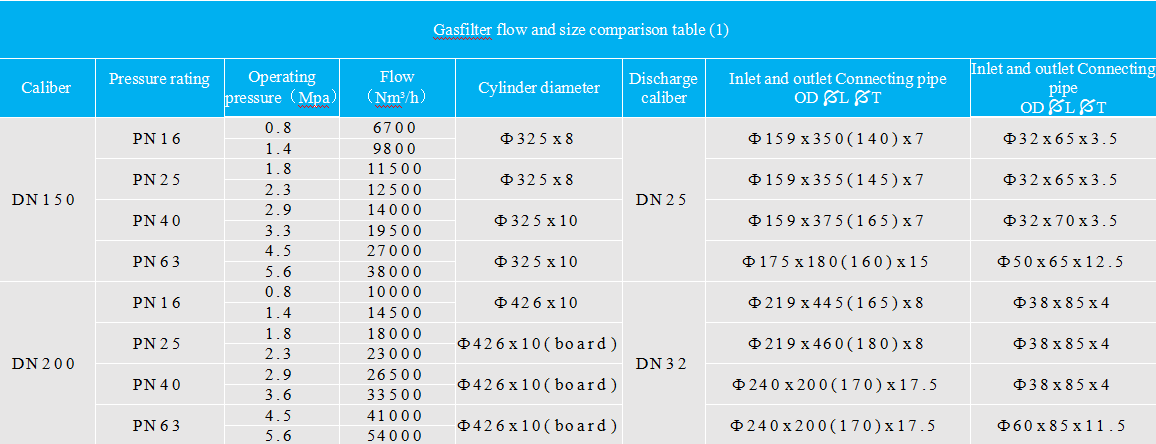
Oct . 05, 2024 23:16
Back to list
Pressure Relief Equipment for Enhanced Safety and Efficiency in Industrial Applications
Understanding Pressure Relief Equipment and Its Importance
Pressure relief equipment plays a critical role in various industrial applications, ensuring safety and efficiency within systems that operate under high pressure. In many sectors, including oil and gas, chemical manufacturing, and power generation, managing pressure is essential to prevent catastrophic failures that could lead to accidents, environmental hazards, and significant financial losses.
At its core, pressure relief equipment is designed to release excess pressure in a system. This can occur due to various factors, such as thermal expansion, process upsets, and equipment malfunctions. If pressure builds up beyond a specified limit, it can cause pipes, vessels, or tanks to rupture, leading to potentially dangerous situations. Therefore, implementing reliable pressure relief systems is not just an option but a necessity.
.
Pressure Relief Valves (PRVs) are perhaps the most widely recognized form of pressure relief equipment. These valves automatically open when the pressure reaches a predetermined set point, allowing excess pressure to escape and maintaining safe operating conditions. PRVs are adjustable, meaning they can be set to respond to specific pressure thresholds, making them versatile for different applications.
معدات تخفيف الضغط

Rupture Disks function differently but serve a similar purpose. They are designed to fail at a predetermined pressure, creating a rupture point that allows pressure to release quickly. Unlike PRVs, rupture disks do not re-close after bursting, which makes them suitable for situations where a rapid and complete pressure release is necessary. They are often used in equipment where space is limited and weight considerations are crucial.
Safety Valves, similar to PRVs, automatically open to relieve pressure but are typically used in steam and air systems. They are designed to prevent excessive pressure buildup by releasing steam or air when it exceeds safe levels. Safety valves are critical in many applications, as even slight overpressure can lead to equipment damage or failure.
The selection of appropriate pressure relief equipment must be based on various factors, including the type of fluid being handled, the process conditions, and regulatory requirements. Proper sizing and placement of these devices are also essential to ensure they function effectively.
Furthermore, regular maintenance and testing of pressure relief equipment are vital to ensure reliability. Over time, factors such as corrosion, sediment buildup, and mechanical wear can affect performance. Scheduled inspections and tests help identify issues before they lead to equipment failures or safety incidents.
In conclusion, pressure relief equipment is an indispensable component of industrial safety. By effectively managing pressure within systems, these devices help prevent accidents, protect personnel, and minimize environmental impacts. Investing in high-quality pressure relief systems, performing regular maintenance, and ensuring proper operation can lead to a safer, more efficient industrial environment. As industries continue to evolve, the importance of robust pressure management strategies will remain paramount, ensuring both operational success and safety.
Latest news
-
Safety Valve Spring-Loaded Design Overpressure ProtectionNewsJul.25,2025
-
Precision Voltage Regulator AC5 Accuracy Grade PerformanceNewsJul.25,2025
-
Natural Gas Pressure Regulating Skid Industrial Pipeline ApplicationsNewsJul.25,2025
-
Natural Gas Filter Stainless Steel Mesh Element DesignNewsJul.25,2025
-
Gas Pressure Regulator Valve Direct-Acting Spring-Loaded DesignNewsJul.25,2025
-
Decompression Equipment Multi-Stage Heat Exchange System DesignNewsJul.25,2025

